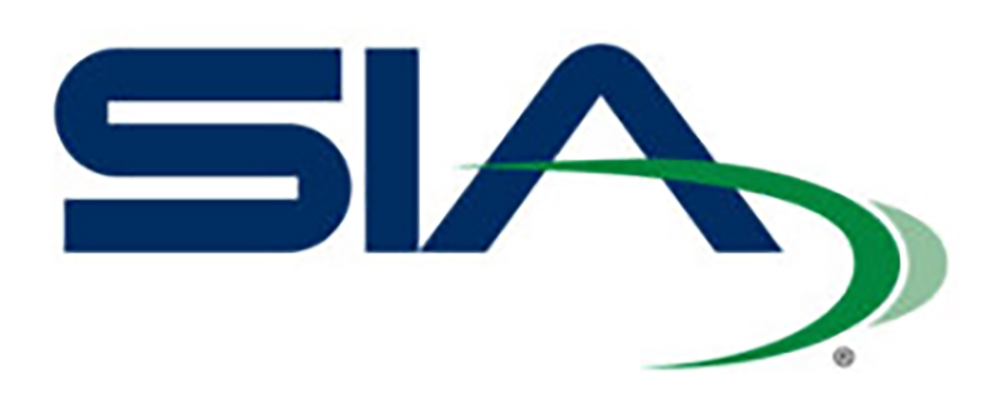SIA, IBIA urge Congress to reject provision prohibiting TSA use of facial biometrics Associations issue letter to senators to halt facial biometrics ban in FAA Reauthorization bill

By SSN Staff
Updated 12:05 PM CDT, Tue April 30, 2024

SILVER SPRING, Md.—The Security Industry Association (SIA) and International Biometrics + Identity Association (IBIA) have urged Congress to oppose a provision in the Federal Aviation Administration (FAA) Reauthorization bill prohibiting the Transportation Security Administration’s (TSA’s) use of facial recognition technology.
.jpg) In an April 15, 2024, letter to Sens. Maria Cantwell (D-Wash.) and Ted Cruz (R-Texas) of the Senate Committee on Commerce Science and Transportation, and Reps. Sam Graves (R-Mo.) and Rick Larsen (D-Wash.) of the House Committee on Transportation and Infrastructure, SIA and IBIA encouraged Congress to reject such a proposal, which would force the TSA to abandon its highly successful use of facial biometrics to verify required traveler documents at security checkpoints.
In an April 15, 2024, letter to Sens. Maria Cantwell (D-Wash.) and Ted Cruz (R-Texas) of the Senate Committee on Commerce Science and Transportation, and Reps. Sam Graves (R-Mo.) and Rick Larsen (D-Wash.) of the House Committee on Transportation and Infrastructure, SIA and IBIA encouraged Congress to reject such a proposal, which would force the TSA to abandon its highly successful use of facial biometrics to verify required traveler documents at security checkpoints.
The associations noted that facial recognition technology has improved safety, security, and travel experiences for millions of U.S. air travelers, citing the following reasons to reject the provision:
- The FAA Reauthorization bill is not the appropriate vehicle to include such an extraneous provision that: a) has not been considered in committee; and b) has significant potential to weaken aviation security in the United States and elsewhere.
- The amendment is based on ill-informed and spurious claims regarding TSA’s current use of biometric technology and implies a potential for misuse - claims that are completely and demonstrably false. There is zero evidence for claims it is or could be used for mass surveillance. Air travelers have long been required by law to present valid IDs at security checkpoints, subject to inspection for authenticity and checks against flight information. Before the technology, TSA personnel visually compared the photo on each ID with the person presenting it to verify that they match. On a completely voluntary basis for travelers, the technology now automates, speeds and more accurately performs this step, which verifies that the person at the kiosk matches the digital photo already stored on their ID or enrolled in a voluntary program. Following this process on site, the information is then overwritten to take on verification of the next passenger in the security queue. No biometric information is retained or shared following this verification process.
- The U.S. Department of Homeland Security and component agencies like TSA have already adopted an extensive facial recognition technology governance policy that includes comprehensive oversight responsibilities, data privacy and civil liberties obligations, and testing and evaluation requirements.
“Facial biometrics are currently in use for traveler verification at TSA security screening checkpoints in more than 80 airports across the country,” said SIA CEO Don Erickson and IBIA Managing Director Robert Tappan in the letter. “The technology provides enhanced security, accuracy, and convenience for travelers, without impacting existing privacy rights or changing privacy expectations. … This 11th-hour measure will compromise programs that facilitate the safety and enhance the travel experience of travelers across the nation.”
As demonstrated throughout its 30-plus-year history of development, facial recognition technology offers tremendous benefits to society when used effectively and responsibly. SIA believes all technology products, including facial recognition, must only be used for purposes that are lawful, ethical, and nondiscriminatory. The association has developed principles to guide the responsible and effective use of facial recognition technology, including recommendations for public- and private-sector applications.
Similarly, IBIA has published a guide to ethical use of biometric technology.
Comments